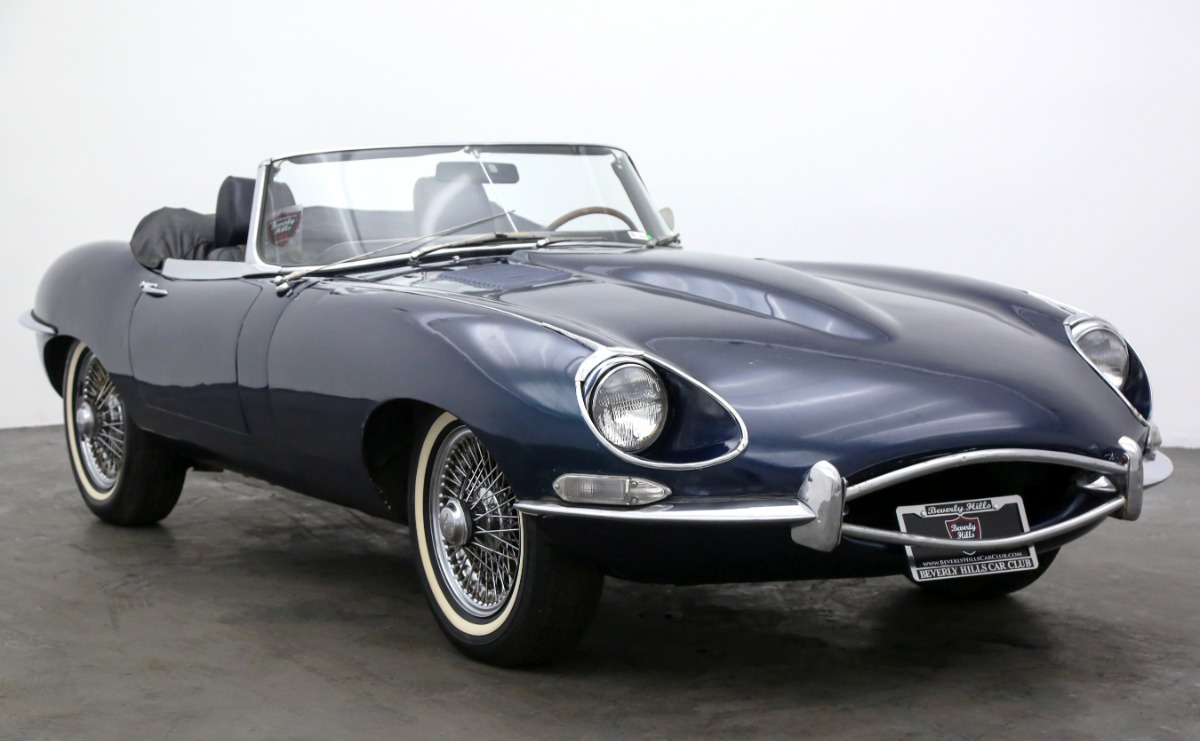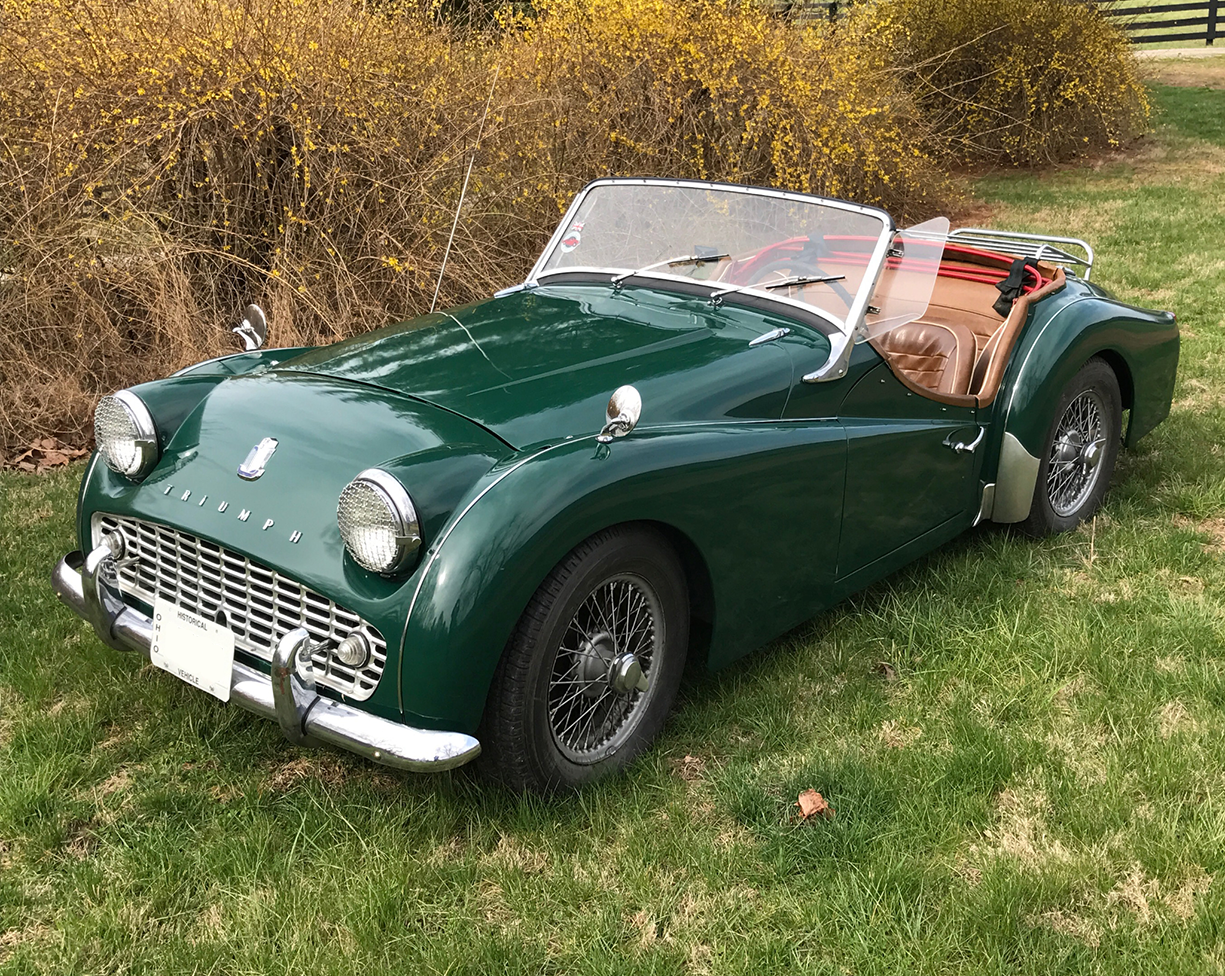Classic Car Cincinnati
Smyth Imported Car Service Inc.| Classic Car Cincinnati


Elevating Legacy Through Timeless Craftsmanship
Since our founding in Ireland in 1934, Smyth Imported Car Service has upheld an unwavering dedication to precision, refinement, and collector-level care. Now under the hands of third-generation craftsman Sam Smyth II, we extend that legacy to the classic car community of Cincinnati, OH. We believe classic vehicles are living heritage—worthy of reverence—not just restoration.
Classic Car Repair, Cincinnati, OH
Our approach to classic car repair melds advanced diagnostics with decades of mechanical intuition. Whether rectifying delicate electrical quirks in a 1960s roadster or fine-tuning suspension geometry on a pre‑war sedan, we restore each component with OEM‑grade precision. Every nut, cable, and bearing is treated as essential to preserving timeless performance—and every repair is a testament to enduring craftsmanship.
Classic Car Restoration, Cincinnati, OH
Restoration is an art form, and at Smyth Imports, we practice it with solemn respect. We offer full body‑off restorations, period‑correct engine rebuilds, handcrafted upholstery, and concours‑caliber finishes. From reviving fading chrome to reviving engine balance of an original straight‑six, we marry authenticity with longevity. Each restoration is tailored to honor your vehicle’s story, whether you're striving for showroom authenticity or refined usability.
Classic Car Service, Cincinnati, OH
Ongoing care is the heartbeat of lasting automotive heritage. Our classic car service includes meticulous fluid exchanges, brake system diagnostics, chassis lubrication, and seasonal tune‑ups—all conducted in our climate‑controlled environment. Every service concludes with a detailed multi‑point inspection, ensuring your classic is poised to continue its journey—both reliably and elegantly.
Why Cincinnati’s Collectors Entrust Their Classics to Smyth Imports
Craftsmanship at Heritage Standard — Work completed to exact factory specifications using toolsets and parts that pay homage to the marque.
Generational Expertise — Nearly a century of experience working on classic vehicles of all eras.
Tailored Restoration Approaches — Each project crafted based on your car’s heritage, condition, and future purpose.
Bespoke Care — Appointment‑only service that reflects the exceptional value of your classic car.
To entrust your classic car to Smyth Imports is to entrust it to custodians who speak the language of steel, history, and soul.
